Spring Time Is For The Birds!
Now that Spring is almost here, I get to see a lot of the little birds that left for the winter, coming back from their migration. Many people think that all birds fly south for the winter, but in my yard, all you have to do is look around, and you’ll see many feathered friends that have stuck it out even through the coldest months. Whether a particular type of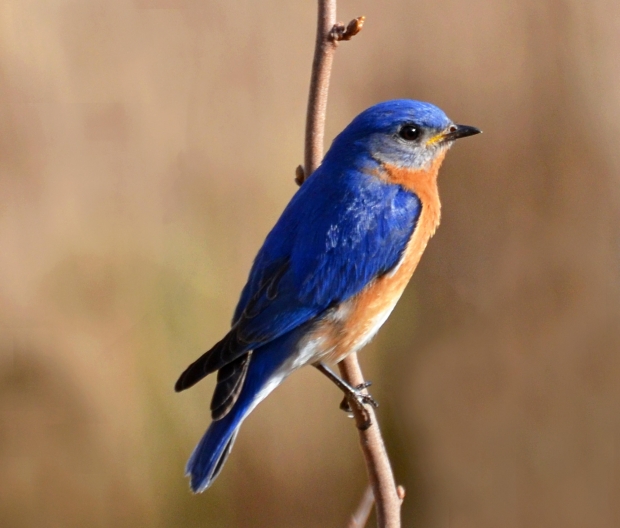 bird flies south for the winter depends mainly on one thing: what type of food it eats.
bird flies south for the winter depends mainly on one thing: what type of food it eats.
In our area, we usually have a very cold winter (this year was a bit warmer, unfortunately), so some common natural bird foods, such as nectar and insects, may not be available to the animals during this time of year. Birds that do eat those types of food must fly south to be able to survive. Other birds that just eat seeds or the types of bugs that live under tree bark and can make it through the winter, often hang around, since they can continue to find food all winter long.
We live in the White Mountains of Arizona and have a lot of different types of birds that visit our yard. I have my different feeders set up, some all year, some only in the summer (i.e. hummingbird feeders) to help nourish these amazing creatures. Also, now that Spring is here, it’s the perfect time to attract birds with some nesting materials, which encourages them to take up residence in your yard. Doing this gives us birdwatchers the opportunity to see the life cycle of backyard birds, from courtship, to nesting, to raising their young fledglings. If you use the right nesting material, you may even be able to attract several families of birds to your backyard.
I decided this year, after doing some research online about nesting materials to help the little guys out abit. I used an old suet holder that I cleaned up and then just cut up some yarn in small pieces for them 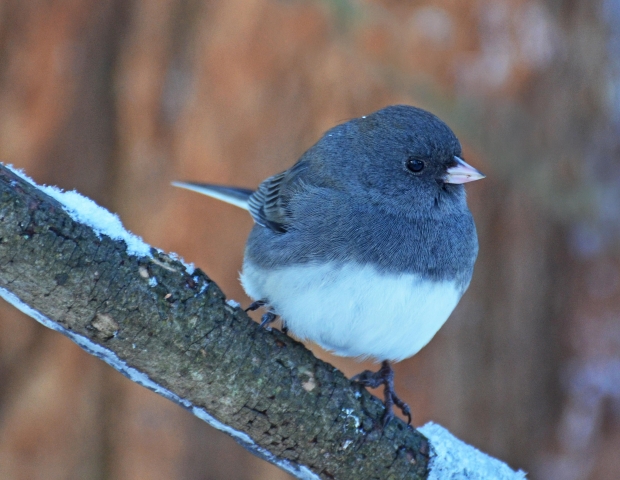 to use for their nests. We have an abundance of trees and pine needles, so I know that they are always using those, but figured giving them something a bit different, might help them out. It was so easy to do and only took a little bit of time to finish.
to use for their nests. We have an abundance of trees and pine needles, so I know that they are always using those, but figured giving them something a bit different, might help them out. It was so easy to do and only took a little bit of time to finish.
Doing this will help them to know that my yard is one that they can trust and call home. Nests provide a safe place for the eggs and young birds to develop. Bird nests are extremely diverse, although each species typically has a certain nest style. Some birds do not make nests at all and instead lay their eggs in a simple scrape in the ground. Other bird species construct their nests from natural materials, such as grass, leaves, mud, lichen, and fur, or from man-made materials like paper, plastic, and yarn. Nests can be found almost anywhere – on the ground, in trees, in burrows, on the sides of cliffs, in and on man-made structures, etc.
Here’s what you need to do, if you want to make a “nester” for your yard.
What You Will Need:
To make your own bird nester, you only need about two things…
A Suet Cage: Which is an inexpensive wire cage feeder that you can purchase at the hardware or pet food store. Be sure the feeder is well cleaned and free of sticky residue before filling it with nesting material (if you have used it in the past for the actual food). Residue can be harmful to the birds, by attracting predators and maybe even coating feathers with residue that damages their waterproofing qualities.
Some Yarn: Using any type of scraps of craft yarn is great for nesting material. Color and/or weight isn’t really important. Similar yarn-like materials such as thread, twine, string, and raffia can also be used. It’s easy to find yarn scraps around the house if you use it for your crafts, or you can look at thrift stores or yard sales for some. The scraps of yarn should be cut to lengths of about 3″-8″ in length to be able to be useful to the birds. Shorter scraps are not great for them to use for their nest building, and the longer ones can pose a threat of tangling causing injuries, strangulation or even death.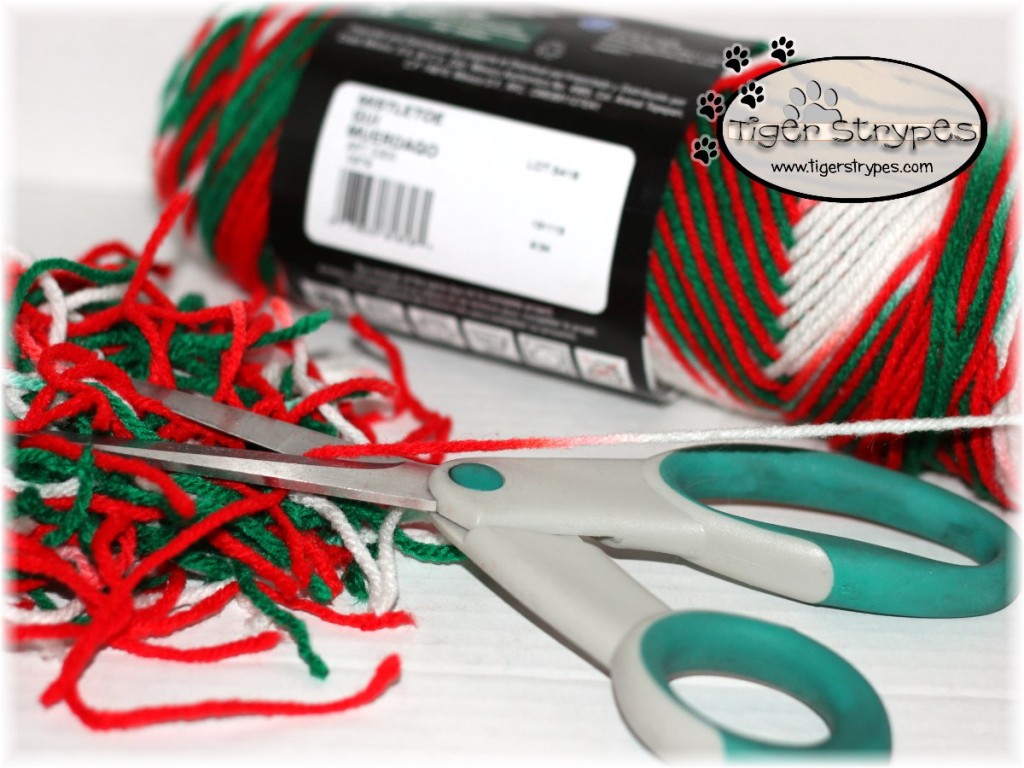
Making the Nester
To make your nester, just fill the cage with the yarn scraps, and you’re ready to go! Make sure the materials are easily accessible to the bird by packing the scraps really loosely, so that the birds can pull them easily out of the unit. Gently pull out a few of the yarn scraps a little ways out to make a little “eye-catcher” of the unit; as they blow in the wind, they will catch birds’ attention. Make sure that the cage is tightly closed, but don’t use yarn to tie it shut – that little bird friend of yours might try for hours to get that special piece.
Placing Your Nester
When you’re ready to place your nester for birds to use, be sure to put it in an area that is attractive to the nesting birds. It’s best to hang the nester in a very visible area where the sun will shine on it and make the yarn attractive to the birds. Try not to have it be near a bird bath or feeding station, because all of the activity near those places can discourage them from investigating the material. It’s also best to position it where you can keep an eye on it (just in case of squirrels, etc.), you’ll be rewarded with great views of the birds shopping for that perfect piece of yarn to use in their nests. Your nester and any other nesting material to attract birds should be in position by mid-March (in the Northern Hemisphere) to be available for birds that nest early in spring. Leave the nesting material and colorful yarn available until late summer, since different bird species nest at different times and they will all need abundant nesting material to choose from when building their nests.
Watching The Nester
The fun of using colorful string in a suet cage nester is being able to see how useful your nesting material really is. Once your yarn is available to the birds, watch trees, bushes and bird houses throughout the neighborhood carefully and you may spot a colorful accent woven into nearby nests – proof that the birds appreciate the use of the yarn!
I hope you like this backyard idea. It’s always fun to see the animals and know that you are helping them to have a great season at your home! For more info on bird watching, and more check out these links:

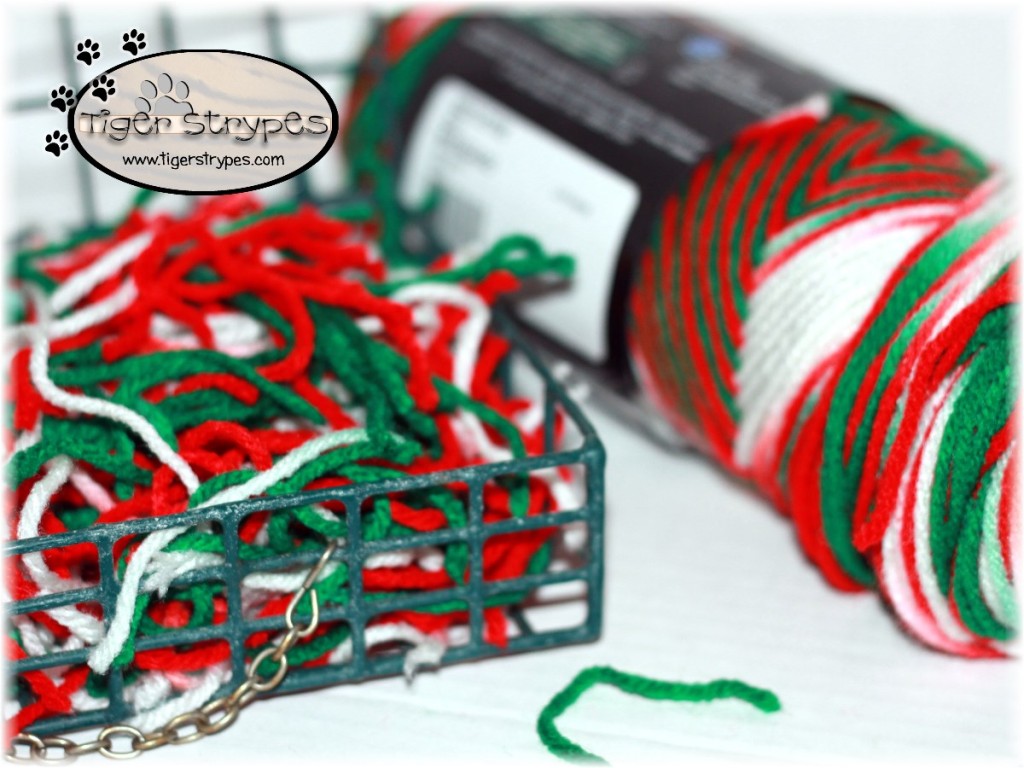
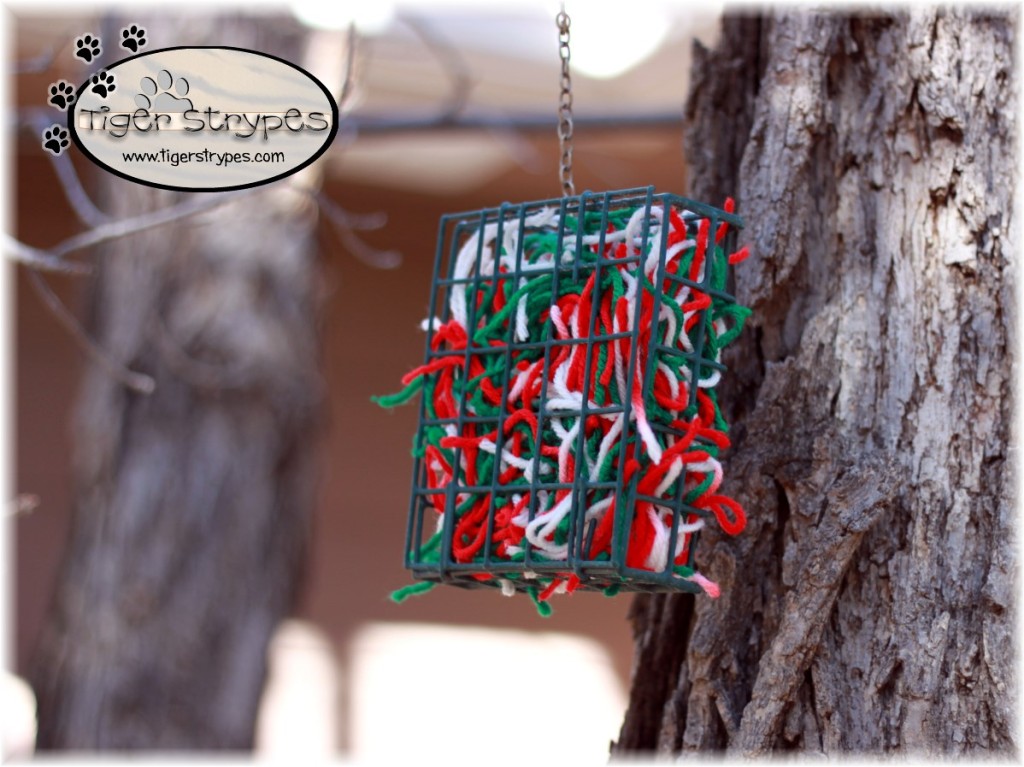


How neat is that! I’ve seen tons of bird feeders, but never a nester! Thanks so much for taking the time to link up with us over at the #HomeMattersParty – we hope to see you again this Friday! Feel free to bring a friend 🙂
This is so clever. I saw a bird nest once made of lots of colored material and I assumed that they had found trash. I never considered that they were given to the birds! What a fun idea.
That is so cool and such a fun project for the kiddos. I personally love to watch the birds as well and this would be a great way to attract our winged friends.
This is a fantastic idea for putting those scrap bits of yarn to good use! My 5 year old loves making bird feeders and I think he would enjoy making one of these too.
My son would love this! I’m allergic to cats and dogs, so my son is bummed that he isn’t able to have a pet. Making this in the backyard for birds would probably cheer him up.
That would be fun to do, Daisy! 🙂
this is such great how to. I wish I could take advantage of it, my daughter would love it.